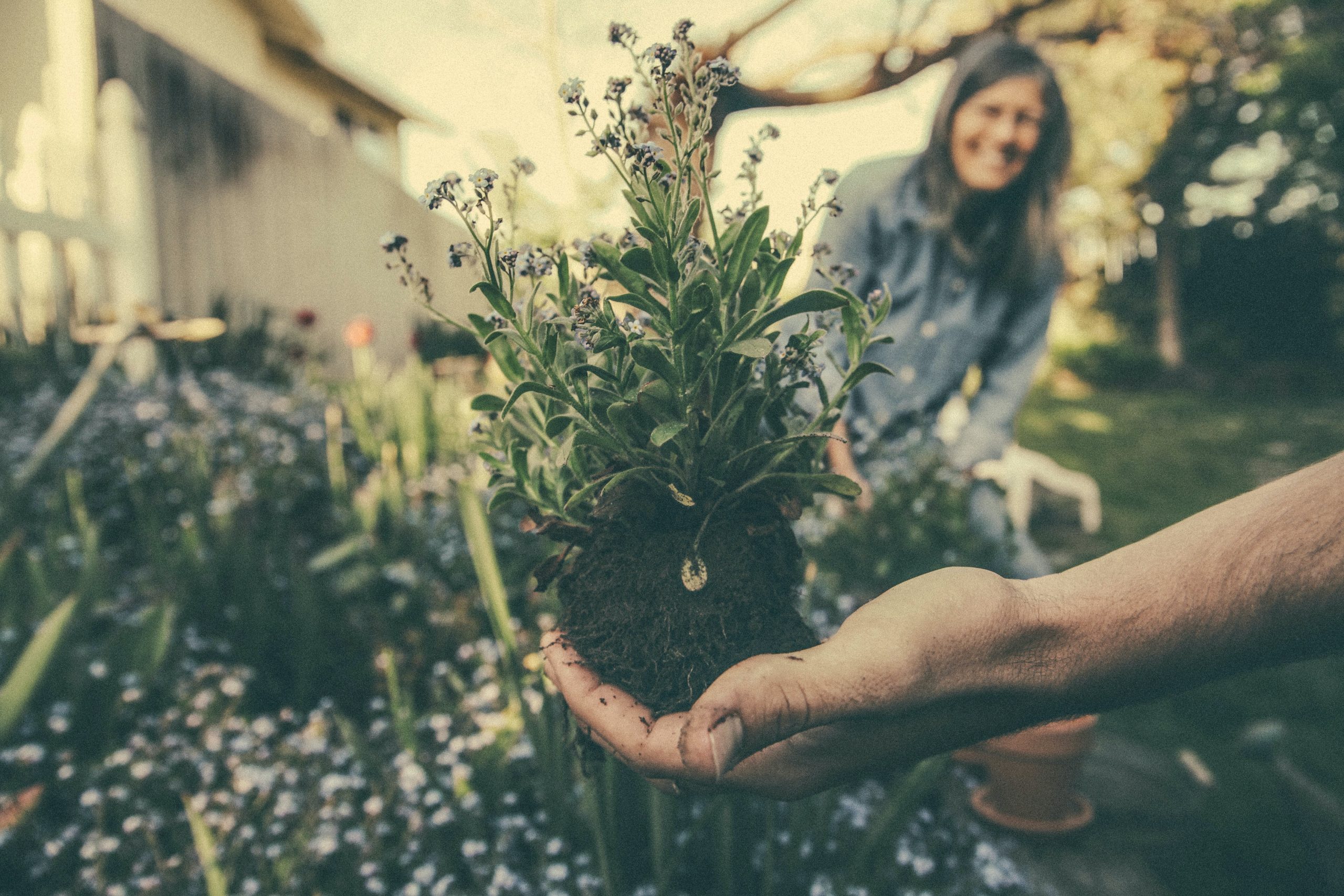In today’s world, where industrial agriculture and genetically modified crops dominate the market, traditional plant varieties are at risk of being lost forever. However, there are communities around the world that are working tirelessly to preserve these varieties through seed saving and exchange programs. One such community is the Seed Savers Exchange in Decorah, Iowa.
The Seed Savers Exchange was founded in 1975 by Diane Ott Whealy and Kent Whealy, who were inspired by the seeds that Diane’s grandfather had brought with him from Bavaria when he immigrated to the United States in the 1870s. The organization’s mission is to preserve and share heirloom seeds and plants, and to educate people about the importance of biodiversity and sustainable agriculture.
At the heart of the Seed Savers Exchange is its seed bank, which contains over 20,000 varieties of heirloom seeds. These seeds are carefully preserved and stored in a temperature-controlled environment to ensure their viability for future generations. The organization also maintains a living collection of plants, which are grown in its gardens and orchards.
One of the ways that the Seed Savers Exchange promotes the preservation of traditional plant varieties is through its seed exchange program. Members of the organization can exchange seeds with each other, allowing them to grow and save a wide variety of plants. This not only helps to preserve the genetic diversity of these plants, but also allows members to discover new and interesting varieties that they may not have otherwise encountered.
In addition to its seed exchange program, the Seed Savers Exchange also offers educational programs and resources to help people learn about seed saving and sustainable agriculture. The organization hosts workshops and conferences, and provides online resources such as videos and articles.
The work of the Seed Savers Exchange is not just important for preserving traditional plant varieties, but also for promoting sustainable agriculture and food security. By preserving genetic diversity, we can ensure that our food systems are resilient to environmental changes and pests, and that we have access to a wide variety of nutritious and delicious foods.
In conclusion, the Seed Savers Exchange is a shining example of how communities can come together to preserve traditional plant varieties and promote sustainable agriculture. Through its seed saving and exchange programs, educational resources, and commitment to biodiversity, the organization is helping to ensure that future generations will have access to a rich and diverse food system.




